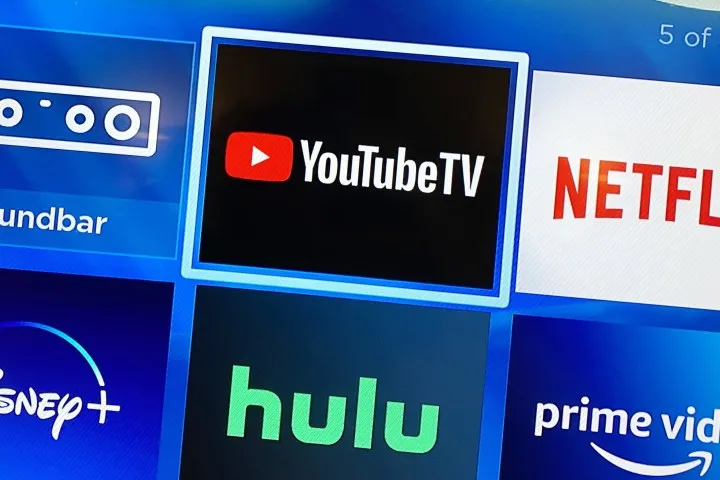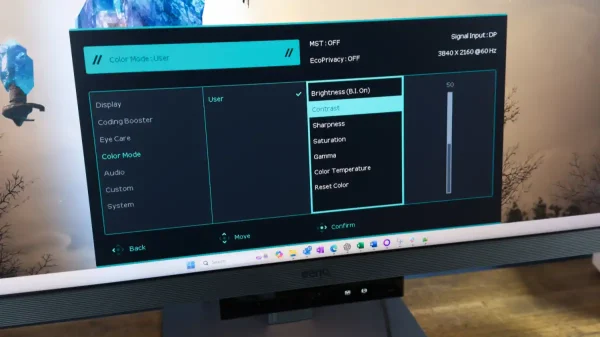The rise of live streaming services like YouTube TV, Hulu With Live TV, and others has revolutionized the way we consume television content. Despite their popularity, however, these platforms have traditionally struggled with channel-flipping, a fundamental aspect of the traditional TV viewing experience. For habitual channel-flippers, the process of quickly switching between channels can be frustrating and chaotic, particularly when relying on traditional on-screen guides. However, YouTube TV has recently made significant strides in addressing this issue with the introduction of Multiview, a feature that has transformed the way channel-flippers interact with the platform.
At its core, Multiview is a innovative solution that allows viewers to simultaneously watch multiple channels on the same screen. This feature is particularly well-suited for sports enthusiasts, who often find themselves flipping between different games and channels to catch their favorite teams in action. With Multiview, viewers can display up to four games on the screen at once, easily switching between them and adjusting the audio to focus on the game that currently has their attention.
One of the significant advantages of Multiview is its ability to enhance the overall viewing experience. By allowing viewers to watch multiple games or channels simultaneously, it eliminates the need to constantly switch between channels, a process that can be time-consuming and distracting. This feature is particularly beneficial for those with larger televisions, who can effectively use the real estate to display multiple streams and create a more immersive viewing experience.

YouTube TV’s Channel-Flipping Evolution: A Game-Changer for Streaming Services
Another advantage of Multiview is its ability to be customized to suit individual viewing preferences. Viewers can group their favorite channels together, including sports channels, and display them in a single list, making it easy to navigate and find the content they want to watch. This level of customization is a major plus, as it allows viewers to tailor their channel-flipping experience to their specific interests and viewing habits.
While Multiview is not without its limitations, YouTube TV’s commitment to providing a user-friendly experience is evident in its implementation. The feature is not perfect, and there are still some minor issues to be addressed, such as the lack of control over which channels and games are displayed in Multiview. However, these limitations are relatively minor, and the overall impact of Multiview on the channel-flipping experience is profoundly positive.
YouTube TV’s Multiview feature has been a game-changer for channel-flippers, providing a more streamlined and user-friendly approach to going the many channels and games available on the platform. By allowing viewers to watch multiple channels simultaneously, Multiview has transformed the traditional channel-flipping experience, making it easier and more enjoyable for sports enthusiasts and other habitual channel-flippers. As YouTube TV continues to evolve and improve its offerings, it’s clear that Multiview will remain a cornerstone of the platform’s user-friendly experience.








































